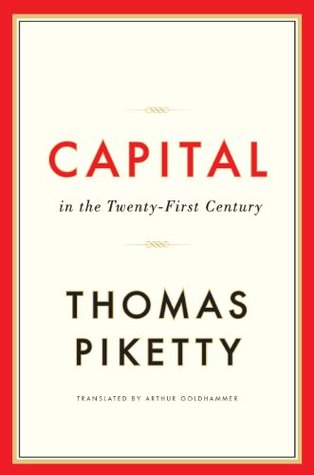More on this book
Community
Kindle Notes & Highlights
Germinal, Oliver Twist, and Les Misérables did not spring from the imaginations of their authors, any more than did laws limiting child labor in factories to children older than eight (in France in 1841) or ten in the mines (in Britain in 1842).
According to Kuznets’s theory, income inequality would automatically decrease in advanced phases of capitalist development, regardless of economic policy choices or other differences between countries, until eventually it stabilized at an acceptable level.
When a country goes from a population of 3 million to a population of 300 million (to say nothing of the radical increase in territory owing to westward expansion in the nineteenth century), it is clearly no longer the same country.
and France (apparently independently of one another). I am speaking primarily of the work of William Petty (1664) and Gregory King (1696) for England and Pierre le Pesant, sieur de Boisguillebert (1695), and Sébastien Le Prestre de Vauban (1707) for France. Their work focused on both the national stock of capital and the annual flow of national income. One of their primary objectives was to calculate the total value of land, by far the most important source of wealth in the agrarian societies of the day, and then to relate the quantity of landed wealth to the level of agricultural output and
...more
The population of the planet is close to 7 billion in 2012, and global output is slightly greater than 70 trillion euros, so that global output per capita is almost exactly 10,000 euros.
according to Maddison’s calculations, both demographic and economic growth rates between year 0 and 1700 were below 0.1 percent (more precisely, 0.06 percent for population growth and 0.02 percent for per capita output).
At the global level, the average rate of growth of per capita output was 0.8 percent per year from 1700 to 2012,
the only major changes concerned the definition of new units of currency or the creation of new currencies, such as the US dollar in 1775 and the gold mark in 1873.
Great Britain, the average income was on the order of 30 pounds a year in the early 1800s,


